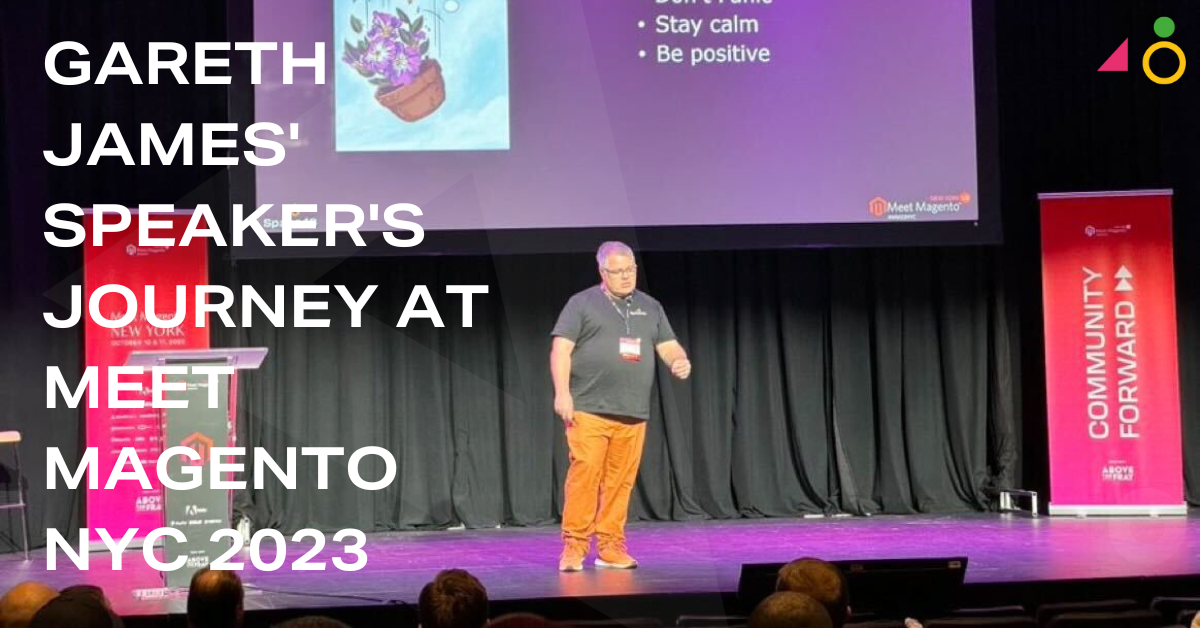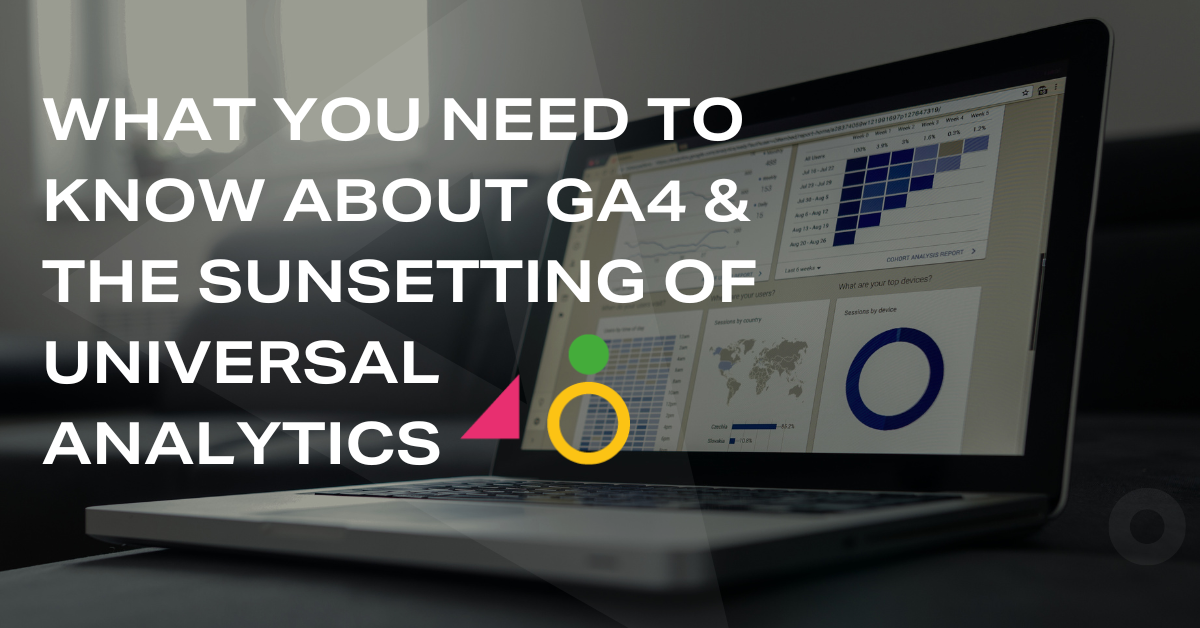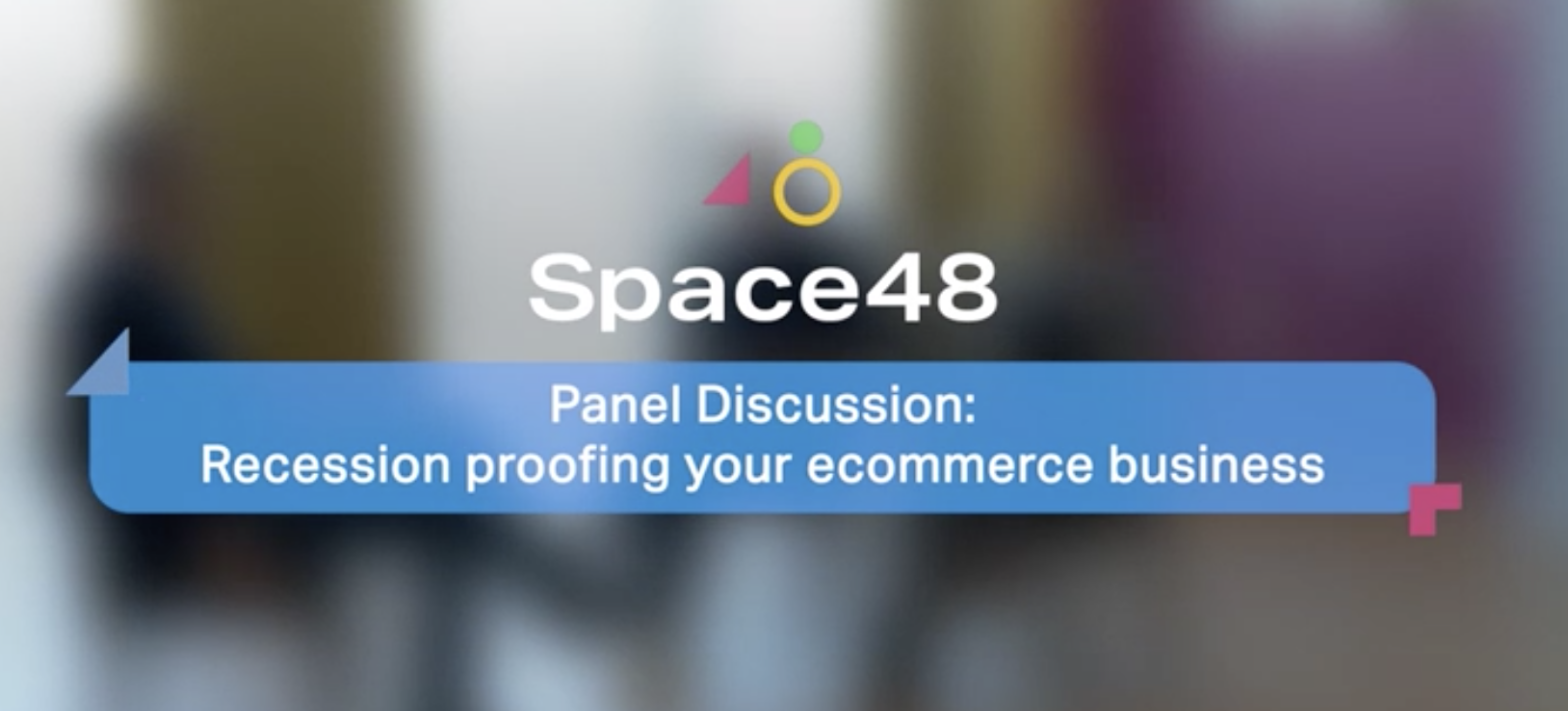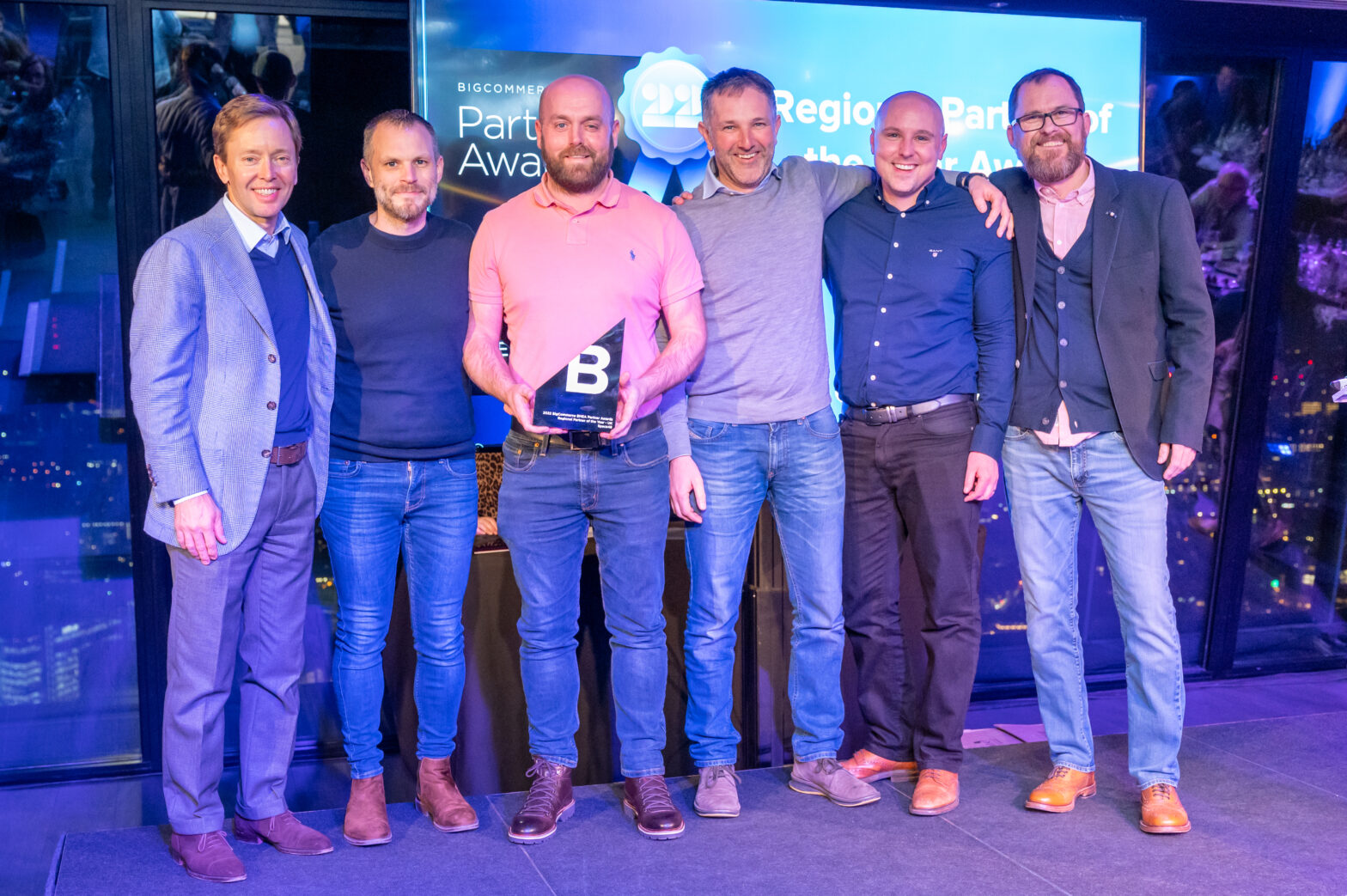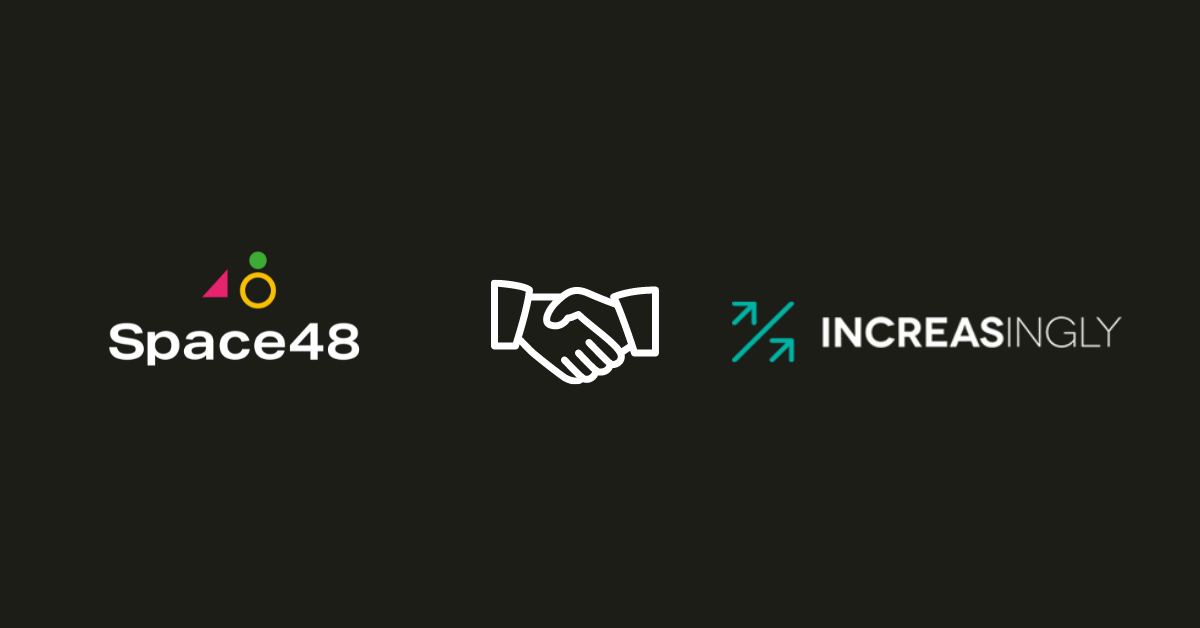
Key takeaways from our personalisation webinar with Nosto
As an ecommerce consultancy, at Space 48, we’re always looking to improve our customers’ ecommerce offering and performance. Part of this is helping them to deliver successful personalised experiences. From offering guidance around personalisation and working with one of our partners to complete the implementation, we have helped a number of big-name brands experience huge success.
We recently teamed up with leading personalisation partner, Nosto to host a webinar, offering retailers advice on how they could make the most out of personalisation. The #EcommerceClinic webinar on ‘Nurturing Customers with Personalisation’ included a live Q&A with our three expert hosts. In case you missed it, we’ve compiled the 8 key takeaways from the webinar, plus a link to the replay video.

Webinar panel
Stephen Elldred – Ecommerce Strategist at Space 48
Oliver Lees – Head of Insight at Space 48
James White – Head of Business Development at Nosto
Personalisation onsite
Understanding your personalisation software features
First up, the topic was around making the most out of the features your chosen personalisation software offers, specifically Nosto.
Question: “I’ve just joined a business which has a Nosto module installed on a Magento website. What are the pitfalls?”
James White, Head of Business Development at Nosto, discussed how there are a lot of features Nosto offers, and with most retailers using recommendations as their primary feature other features are sometimes underutilised. In his experience, a common missed opportunity for retailers is when they are not using the right algorithm for the right page type.
James discussed how some algorithms convert better on certain page types: “Personalised or browsing history recommendations work well on a homepage, whilst, on a cart page upselling and cross-selling is a better choice than a standard recently viewed.”
Nosto customers also have the ability to set algorithms based on whether the site visitor is new or has previously visited. “Brand new customers would see merchandise best sellers, repeat browsers might see personalised recommendations, and then customers who have ordered before would see an order-related recommendation.” James stressed how easy this is to set up, taking just 2 minutes!
Personalisation by page type
Question: “I use personalisation on various pages, how do I best optimise these?”
Our Head of Insight Oliver Lees offered his advice: “The homepage is really important, you need to make previously-visited products easily discoverable, offering simple routes back into their journey.” He explained that for new visitors, you could show your best sellers. Whereas, at category and product level, you should consider displaying products relevant to that category or product.
Oliver also recommended optimising otherwise redundant pages: “Let’s not forget utilising 404 pages with personalised widgets. This is a great opportunity to get users back into a relevant journey.”
 Naylors 404 Page
Naylors 404 Page“The real winner where we have seen personalisation is on the the order confirmation page, after the user has completed an order”. In fact, Space 48 has seen a 24-25% conversion rate of people then re-purchasing in the same session. It’s a great way to increase AOV and ultimately get the customer to order more from you.
Top tips for recommendations
Question: “Is there a silver bullet in nurturing and winning customers with personalisation?”
James responded: “There is no silver bullet, I feel ecommerce is a holistic puzzle that you need to fill in the pieces for… there are lots of different bits involved, whether it’s an ESP, Google Shopping, Nosto, or general website performance.”
He added a comment on how retailers are measuring success: “The main thing with recommendations that can get forgotten about, is that lots of customers aim at conversion as their goal. Conversion is great, but at the same time, you want to make sure that what you’re recommending customers is super profitable as well. Profitability is often much more valuable than conversions. If you can move the needle with both at the same time, you can have a much bigger business impact even if the conversion increase is slightly lower.”
Top tip: In Nosto, this can be done by leveraging merchandising and business rules and using the margin and dynamic price features.
Personalisation on other channels
How to make your content more relevant
Question: “How can I make my content more relevant?”
Stephen Elldred, Ecommerce Strategist at Space 48, responded: “Using something like a Nosto recommendation solution across other content, such as on your Blog, FAQ or product focus pages”.
Retailers can use search terms from on site search (using data from Google Analytics, or software such as SLI, Klevu) to make their content more relevant. Here are the areas Stephen feels can make the biggest impact:
- Creating content/ blog posts with titles and keywords based on reported site searches.
- Use trending keywords in email subject lines and pre header text.
- Use recently searched terms in social posts and other promotional activities.
James also added a valid point on how user-generated content can be collated and added to an ecommerce store, using applications such as Candid, Olapic, and Foursixty. These images can then be pulled by Nosto for use on Facebook and Instagram remarketing or prospect ads, in the place of generic product shots with a white background, or even in-house lifestyle shots. “Real life examples of real customers using your products tend to work a lot better in terms of conversion.”
 Lookfantastic using Candid
Lookfantastic using CandidOptimising personalisation on Google Shopping
Question: “My Google Shopping performance is varied and mostly underperforms, do I need to optimise my feed for better results?”
Oliver, our certified AdWords specialist, answered, “YES. The better the feed, the more optimised the feed is, the better results you will typically get from Google Shopping.” He also stated that the feed needs to be supported with a great shopping structure within AdWords and a granular approach to rule setting. It’s also then important to keep reiterating and optimising this: “The average bounce rate after a click is 60-70%.”
Customers search generic terms and often click away after not seeing what they want. Using Nosto or Peerius on landing pages allows other relevant products to be shown, offering much more selection for the customer. This optimised journey is proven to reduce bounce rate and increases conversions.
Word of advice: To avoid technical issues it’s important to work with the right development team who understands what you are trying to achieve from each channel.
Effective personalisation on social
Question: “My board highlight how low revenue is from social channels, how can I demonstrate that this is normal for our business?”
Putting many retailers at ease, James explained, “Low revenue from social doesn’t necessarily mean you’re doing a bad job. Some ways of using social can be very hard to identify actual revenue.”
Choosing the right social channel will depend on your audience demographic. Whilst Pinterest and Twitter can work really well for some demographics, Facebook and Instagram tends to be the most popular when it comes to personalised ads.
James continued: “Looking at Facebook and Instagram specifically, post boosting accounts for the most ad spend in the UK but it is the most untargeted form of social spend.” Boosting is great and Facebook tells you it is going to the right segment, but content can often be broad. Nosto focuses on spending more on conversion orientated channels, targeting already-qualified customers which have a much higher chance of generating a better ROI on that channel through prospecting and remarketing (browse abandonment, cart abandonment, and order follow up ads). The revenue may be low but the ROI is proven to be really high.
Top tip: Nosto have a new feature coming soon, called ‘Broad Audience Targeting’. Instead of just targeting people who have already visited store, you will also be able to target customers who have visited or abandoned products from competitor stores.
The impact of GDPR on personalisation
Question: “How much impact do you think GDPR will have on personalisation of ecommerce sites?”
Stephen reacted: “People need to tread carefully around this topic and be considered in their approach. Look at what personalisation you’re using and what data is needed and where that fits with the new GDPR rules.”
For Nosto, James explained that their biggest consideration is email: “You might be holding emails for customers that have existed in your database for a significant amount of time. You don’t have the specific time, date or even confirmation that you have permission to own that email.” To combat this, he suggests freshening up your database, simply re-sending an email asking ‘Are you happy to be subscribed to this list?’. Whilst he admitted onsite is still a grey area, with movement around this still taking place.
For more information around GDPR, read Stephen’s recent blog: ‘GDPR in ecommerce: opportunity or pain in the £$$?’
Good examples of personalisation
The final question and the perfect summary to our #EcommerceClinic: “Who’s good at personalisation?”
Oliver touched on the sectors that really stand out to him, including fast-fashion, cosmetics, and homeware. He said, “People visit those kind of sites much more frequently, and repeat orders are more regular. These sectors stand out, as they know they need to adopt that type of personalisation to keep customers buying from them versus their competitors.”
James added, “Amazon is a pioneer in personalisation.” He also nodded at Asos and Net-a-Porter. However, he stated the answer to this question is not really brand specific, but more vertical specific. Referring to sectors where purchases are more considered, i.e. furniture, jewellery and other higher value products, he said: “Those industries are generally able to do personalisation better because of the number of visits before a purchase. They have got time to personalise the journey, understand the user, and add them to automation campaigns.”
Summary
If you nurture your customers effectively through personalisation, you’ll see an increase in conversions and customer lifetime value. Providing consumers with a smoother, more tailored customer journey has proved to be crucial for ecommerce success. We hope you found the webinar and our round-up of key takeaways useful, and if so, why not download our free e-book? The Guide to Nurturing Customers with Personalisation.
Thank you to everybody who attended the webinar and submitted questions. If you do have any more questions please contact Stephen ([email protected]) or tweet us @Space48ers and we’ll be happy to help. We’re looking forward to hosting more partner spotlights and addressing other ecommerce pain points in future sessions in our #EcommerceClinic webinar series.
{{cta(‘9b083594-aa47-4177-9bb9-9f2ff2955917’)}}

